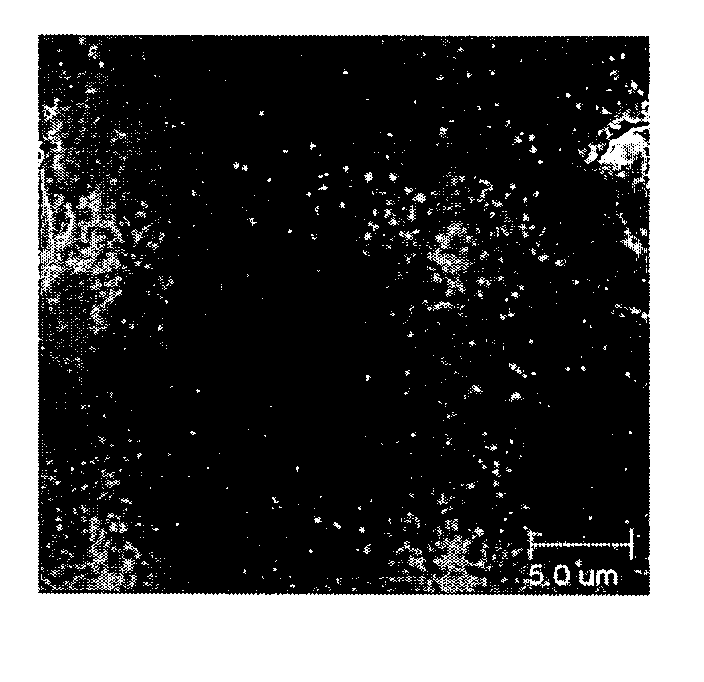Insulator coating and method for forming same
a technology of insulator and coating, which is applied in the direction of insulator, insulator conductor, plastic/resin/waxes insulators, etc., can solve the problems of insulator contamination becoming a major impediment to the supply of electrical power, affecting the original insulating characteristics of clean insulators, and affecting the quality of insulators. , to achieve the effect of preventing dry band arcing, preventing contamination problems, and performing
- Summary
- Abstract
- Description
- Claims
- Application Information
AI Technical Summary
Benefits of technology
Problems solved by technology
Method used
Image
Examples
example 2
[0089] The Lotus Effect coating can also be produced by plasma fluorination of polybutadiene films. The C═C bonds on the surface can be easily activated and fluorinated. Polybutadiene is a relatively inexpensive material compared with other materials and it can be easily applied to metal, glass, ceramics, semiconductors, paper, textile, and other polymeric surfaces. Polybutadiene was dissolved in solvent and spin / dip coated onto insulating materials. The coatings were dried in air and etched with plasma to prepare superhydrophobic surfaces. Polybutadiene films are thermal or UV curable after fluorination and their surface hardness increases with better durance and reliability, while maintaining the surface superhydrophobicity.
[0090] The coating thickness was adjusted by controlling polybutadiene solution concentration and the rotation speed of spin coating. The preferable thickness of the coating is from 200 nm to 50 μm. The preferable etching gas is SF6. The preferable etching res...
example 3
[0092] Single or a combination of UV stabilizers was dissolved in the polybutadiene and toluene solution in Example 2. The polybutadiene and UV stabilizer solution was dip / spin coated on insulating materials to form thin film coatings. These films were subsequently annealed at 90° C. under vacuum for 60 min to remove the solvent. The preferable concentration of UV stabilizer is from 0.01 to 20 wt %. Reactive Ion Etching (RIE) of three different gases (CF4, CHF3, SF6), and Inductive Coupled Plasma (ICP) of CF4 were employed to treat the films, and superhydrophobic surface were prepared.
PUM
| Property | Measurement | Unit |
|---|---|---|
| mean height | aaaaa | aaaaa |
| heights | aaaaa | aaaaa |
| heights | aaaaa | aaaaa |
Abstract
Description
Claims
Application Information
 Login to View More
Login to View More - R&D
- Intellectual Property
- Life Sciences
- Materials
- Tech Scout
- Unparalleled Data Quality
- Higher Quality Content
- 60% Fewer Hallucinations
Browse by: Latest US Patents, China's latest patents, Technical Efficacy Thesaurus, Application Domain, Technology Topic, Popular Technical Reports.
© 2025 PatSnap. All rights reserved.Legal|Privacy policy|Modern Slavery Act Transparency Statement|Sitemap|About US| Contact US: help@patsnap.com


